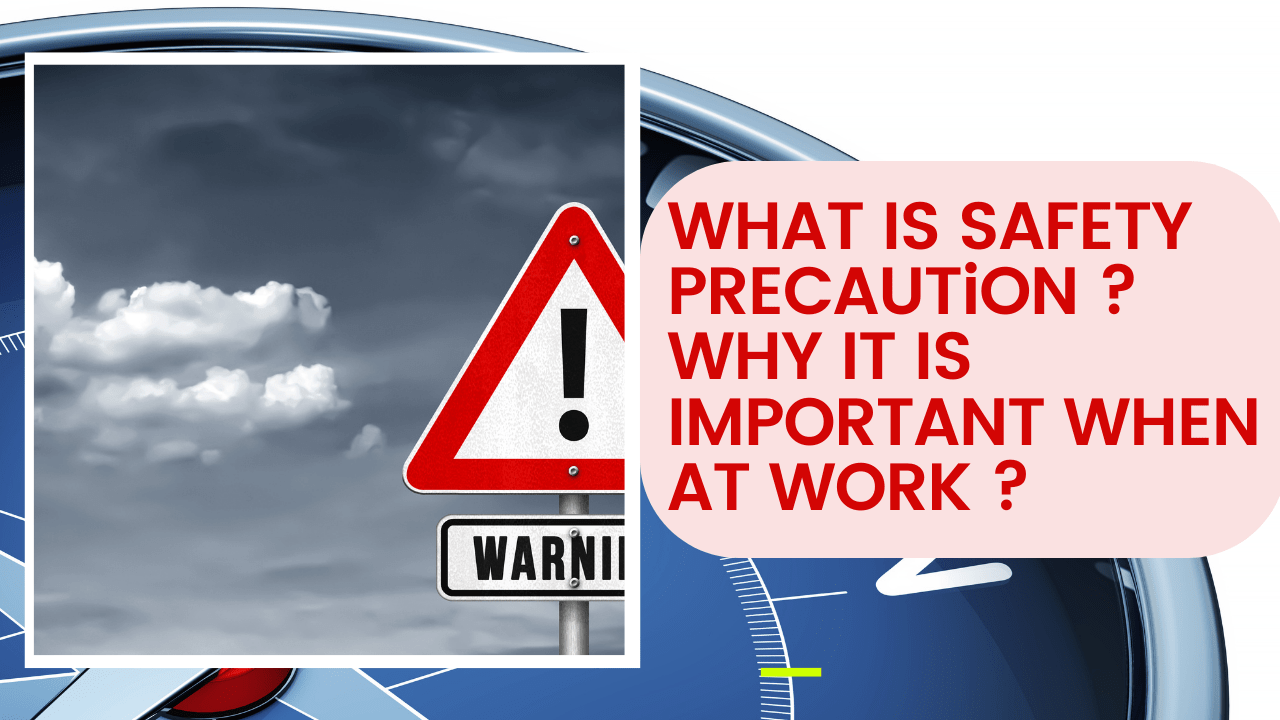You’ve probably heard the term “safety precaution” thrown around. But what is safety precaution? How important is safety precaution at work?
Safety precautions are, in fact, very important.
In your workplace, it is vital to have safety precautions in place. This keeps employees safe and protects the boss from liability.
In order to know which precautions to take, you must first conduct an analysis of your workplace. Once you know what safety precautions your job calls for, you’ll be safe, happy, and healthy.
Keep reading to find out more.
Table of Contents
What Is Safety Precaution?
To begin, let’s use a universal safety precautions definition. Safety precautions are preventative measures that you take to keep your workplace safe.
Some examples of safety precautions include:
- Hard hats for construction workers
- Walkie-talkies to stay in contact
- Harnesses for workers who climb high
- Frequent machinery testing
- Uniforms appropriate to the job
- Proper employee equipment training
Safety precautions must also include proper education for your workers. Part of a safety precaution is that everyone knows what the rules are.
When everyone knows how to observe proper safety precautions, the workplace is much safer.
How Are Safety Precautions Made?
In 2019, over 5,000 workers died in workplace accidents. In many cases, when workers die on the job it is because there were no proper safety precautions in place.
This is a liability nightmare for the company. If a company does not provide proper education, it can be sued in the event of an accident.
In order to figure out what they need to educate their employees on, a company must do a job hazard analysis.
Job hazard analysis software can help you determine what precautions you need to take at your workplace. Job hazard analysis is a recognized way to comply with OSHA regulations and keep your business out of trouble.
Benefits of Safety Precautions
Putting proper safety precautions in place will put your workers’ minds at ease. When people feel unsafe at work, they are distracted and will not be as productive as possible.
With proper safety precautions in place, your workers are sure to be more efficient and happier overall.
Safety precautions will also help your customers trust you more. Nobody wants to support a business that has a long history of accidents.
Not only that but your products and services will be of higher quality too. When all your employees need to focus on is doing the best work they can, their quality of work will improve.
Safety precautions will also save you money. Worker’s compensation is not cheap; it’s actually much cheaper to pay for hazard analysis software than it is to recover from an employee accident.
Keep Your Workplace Safe
You now know the answer to the question, “what is safety precaution?” You won’t regret taking the time to worry about safety precautions, but you will regret ignoring them.
Keep your workplace safe and your employees happy, and look into hazard analysis software.
For more work tips, check out the rest of our blog!






